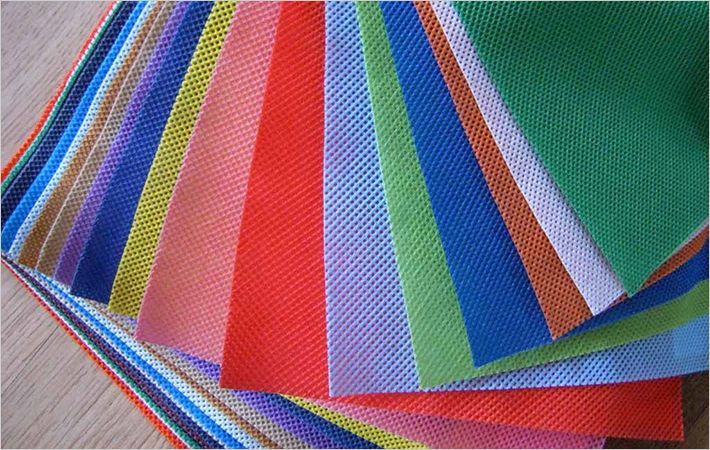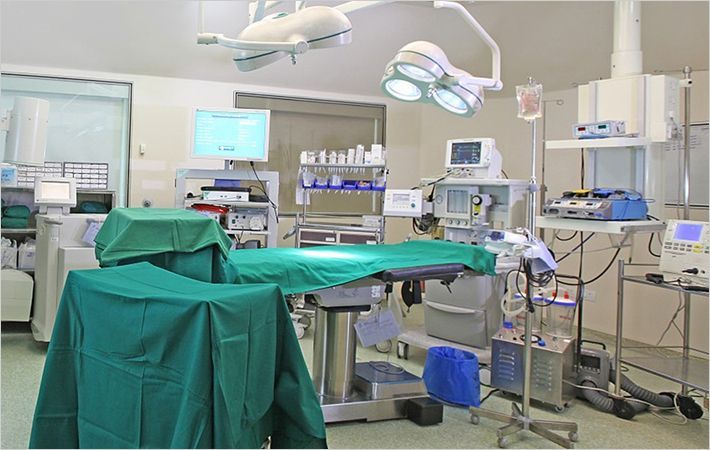Patterns of emerging “superbugs” underscore the need for new technologies to reduce exposures to contaminants both on the combat field and in healthcare facilities here at home. New data presented today from the University of Virginia at the Inter-science Conference for Antimicrobial Agents and Chemotherapy (ICAAC) in Chicago examines the efficacy of VTT-003 (Vestex) fluid barrier and antimicrobial impregnated fabric versus two bacteria strains that are resistant to many drugs.
Drs. Amy Mathers and Gerald Donowitz from UVa's Department of Infectious Diseases presented their research entitled “Bactericidal Effect of Antimicrobial-Treated Textiles on Multi-drug Resistant Gram Negatives”. “Vestex was able to kill greater than 99.99% of our worst and most resistant gram negative organisms in our laboratory testing,” said Dr. Mathers.Patterns of emerging “superbugs” underscore the need for new technologies to reduce exposures to contaminants both on the combat field and in healthcare facilities here at home. New data presented #
VTT-003, sold under the name Vestex, is the first in a new class of active barrier protective fabrics that are clinically proven to rapidly prevent, reduce or eliminate the acquisition and retention of contaminants on the durable, breathable fabric. “We are proud of the rich and growing evidence base for the use of Vestex. It's a research-based solution to the problem of contaminated textiles in healthcare,” commented Ben Favret, President and CEO of Vestagen, makers of Vestex. This presentation marks the fifth research study documenting Vestex performance characteristics.
Mathers and Donowitz tested both the antimicrobial agent used in Vestex alone and the fluid barrier and antimicrobial-impregnated Vestex fabric for its ability to kill these multi-drug resistant bacteria. The data show that the antimicrobial- treated fabric demonstrated in vitro bactericidal activity against pan-resistant A. baumannii and multidrug resistant K. pneumoniae. Further, they conclude that this could be of potential use in decreasing transmission of multi-drug resistant gram negatives in the healthcare setting.
Multi-drug resistant bacteria have become more prevalent in the combat field, in healthcare facilities and in communities here at home. Two recent studies in the American Journal of Infection Control characterized the bacteria as well as the high percentage of healthcare workers uniforms that become contaminated..
One study states that drug-resistant Acinetobacter baumannii-calcoaceticus complex, Klebsiella pneumoniae, and methicillin-resistant Staphylococcus aureus colonize and infect combat casualties from Iraq and Afghanistan. Colonizing organisms were unrelated to isolates producing later infection in up to 27% of cases; most isolates underwent changes in antibiotic susceptibilities.
The other study from a large Israeli hospital reports that 60% of healthcare workers' uniforms harbored dangerous bacteria. Among the pathogens cultured from uniforms were Acinetobacter baumannii and Methicillin resistant Staphlococcus aureus (MRSA.)
About Vestagen Technical Textiles LLC
Vestagen Technical Textiles is an Orlando-based marketer and manufacturer of Active Barrier Protective fabrics and uniforms. Vestagen is led by a skilled management team with nearly a century of combined experience in the health care industry. Backed by V-Ten Capital Partners, Vestagen is committed to creating innovative textile solutions.
Vestagen Technical Textiles LLC

